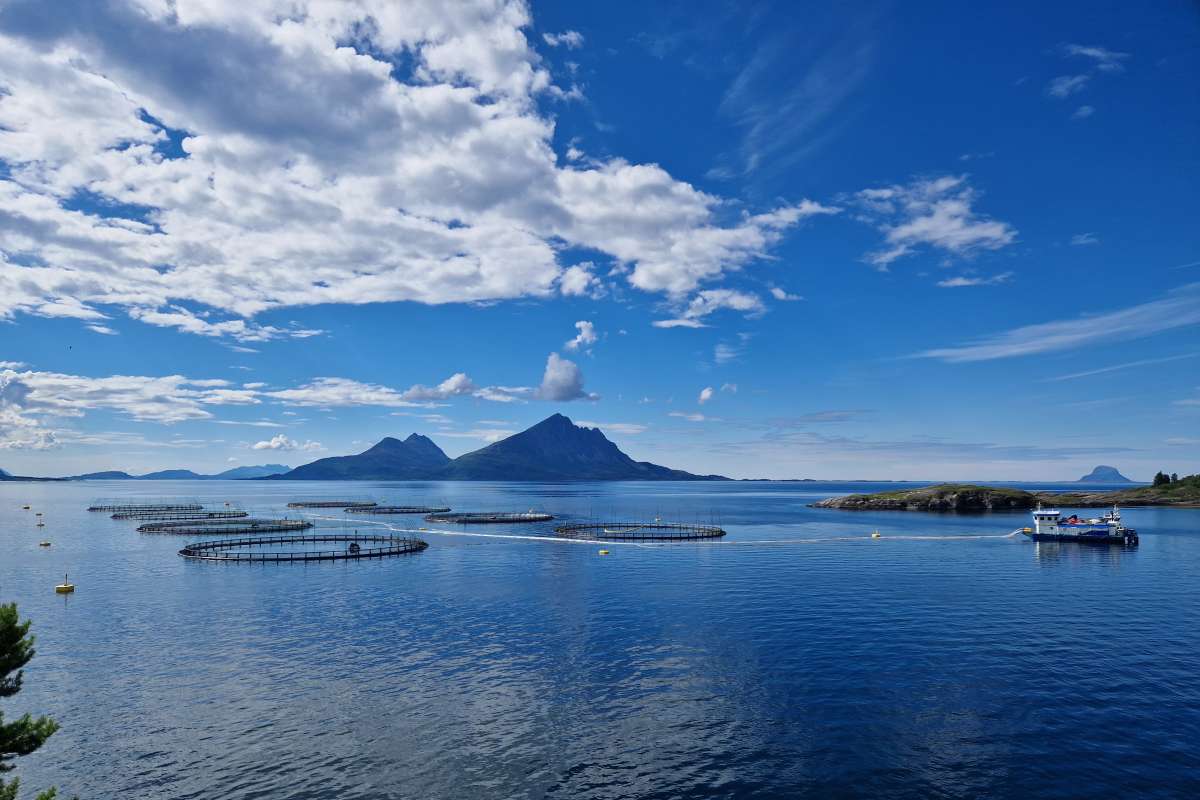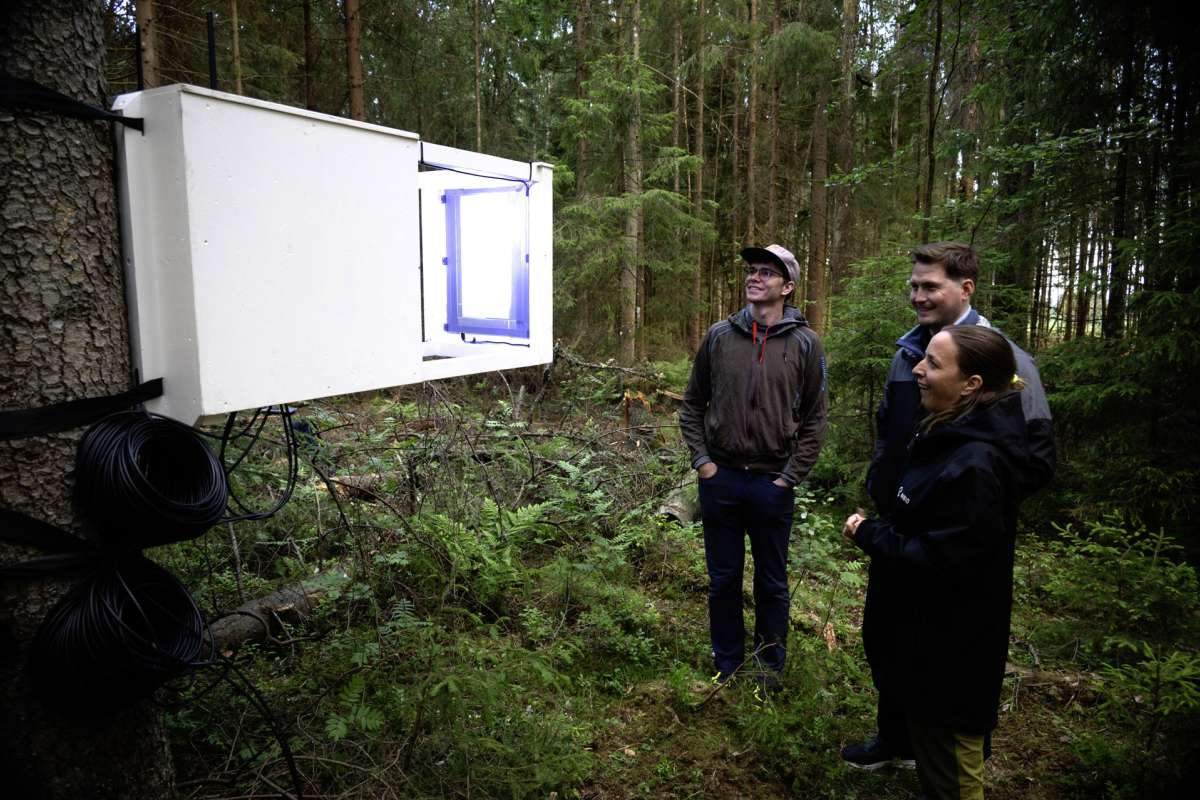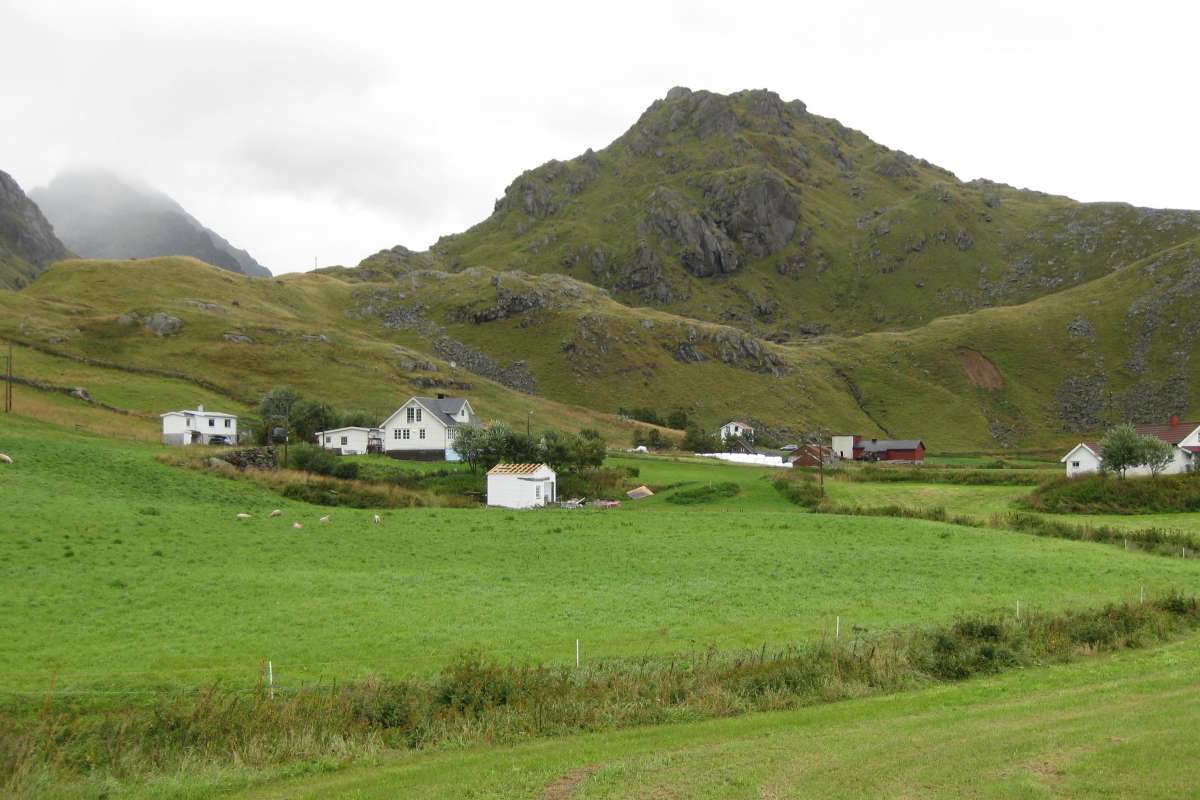New nationwide survey of radioactive contamination in soil

Senior Advisor Runhild Gjelsvik from the Norwegian Radiation and Nuclear Safety Authority (DSA) and researcher Paul Eric Aspholm from NIBIO during the sampling in Oslo last week. Photo: Morten Günther
There is still radioactive fallout from the Chernobyl disaster present in Norway. Last week, a nationwide survey of radioactivity in soil was launched. The project will provide new knowledge about the long-term development of radioactive contamination in soil in Norway.
Norwegian Institute of Bioeconomy Research (NIBIO) and the Norwegian Radiation and Nuclear Safety Authority (DSA) are collaborating on a nationwide monitoring program of radioactivity in soil. The survey is part of the Norwegian monitoring program of radioactivity in the environment, funded by the Ministry of Climate and Environment.
Radioactive fallout in Norway
The Chernobyl accident in 1986 caused radioactive fallout over large parts of Norway, and radioactive contamination are still present in the soil in the most contaminated areas. The radionuclide caesium-137 has a physical half-life of 30 years and is still present in the nature and transferred into the food chain. There is also caesium-137 in the soil deposited from atmospheric nuclear weapons tests conducted in the 1950s and 1960s.
After the Chernobyl accident, caesium-137 levels in soil across the country were mapped. This has been followed up with new analyses every ten years — in 1995, 2005, and 2015.
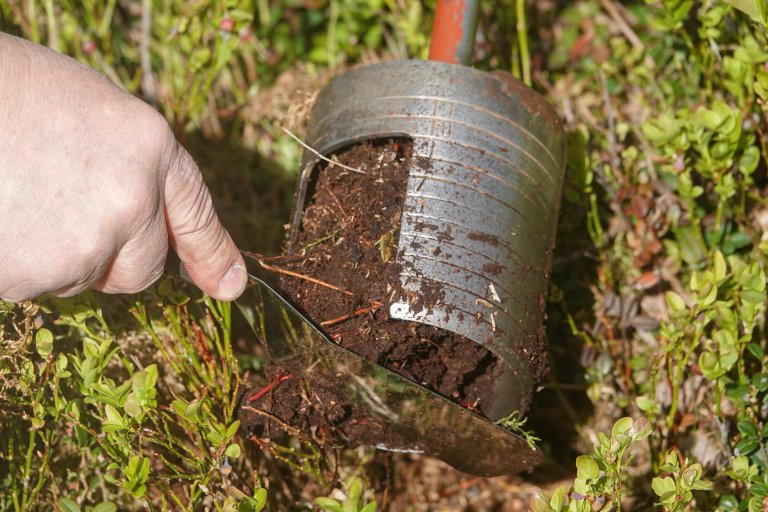
Nationwide soil samples
In 2025 a new nationwide fieldwork will be carried out. NIBIO researcher Paul Eric Aspholm will be responsible for sample collection. By mid-September, he will visit 464 sampling locations across the country, from north to south and from east to west. Samples will be collected at the same locations as in previous years to allow for accurate comparison of long-term trends.
The first sampling took place near Bogstadvannet in Oslo last week. From there, the journey continued south to Østfold.
“It’s fantastic to experience our country this way,” says Aspholm, who expects to cover 35,000 kilometres by car over the summer.
He normally works at NIBIO Svanhovd in the Pasvik valley, where NIBIO is co-located with DSA.
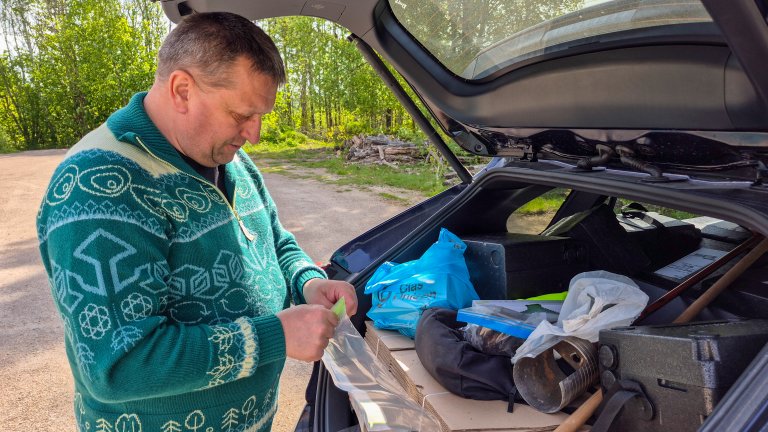
Will provide new knowledge
The samples will be prepared and analysed for caesium-137 at DSA’s environmental laboratory.
“The results will provide us with new insights into the long-term development of radioactive contamination and how it varies between different regions,” says senior advisor Runhild Gjelsvik at DSA.
“We’ve seen that the long-term development of casesium-137 in soil is a complex process with different environmental transport in coastal areas compared to the inland.
For instance, earlier surveys show that caesium-137 is washed out more quickly in coastal areas and in Southern Norway compared to areas further inland,” says Gjelsvik.
Radioactive contamination in soil is take up by fungi and plants and transferred to grazing animals and further up to predators. Although levels have significantly decreased since 1986, the contamination still circulates in the ecosystems. Wild products such as reindeer, freshwater fish, mushrooms, and berries often have higher levels than other food items. Since most people consume only small amounts of such wild foods, this has little impact on the radiation dose to the general population.
Important for nuclear emergancy preparedness
Knowledge of current levels of radioactivity in soil is also important for nuclear emergency preparedness. The data makes it easier to assess the extent and significance of any potential new fallout. Monitoring after the Chernobyl accident has shown that the consequences of nuclear incidents can persist in the environment for decades and has provided valuable knowledge about long-term environmental impacts.
Contacts
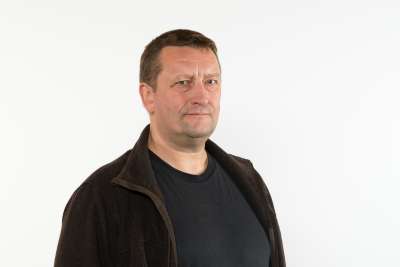
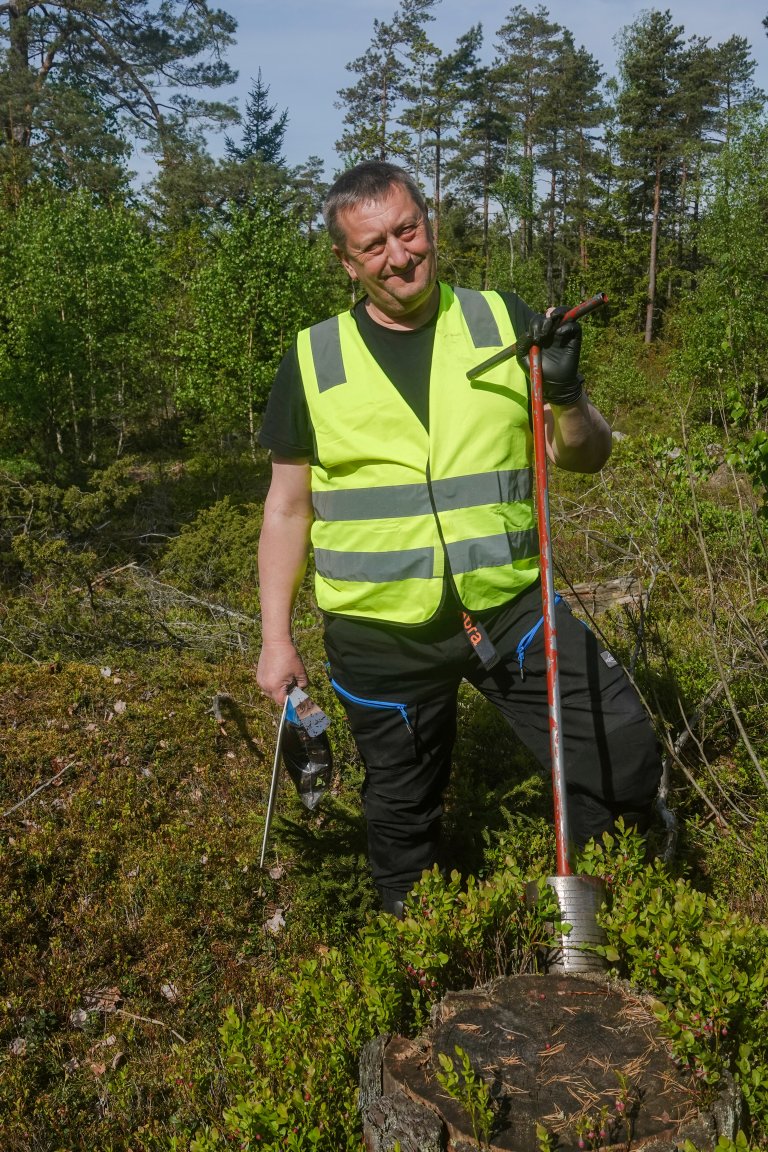
Photo: Morten Günther
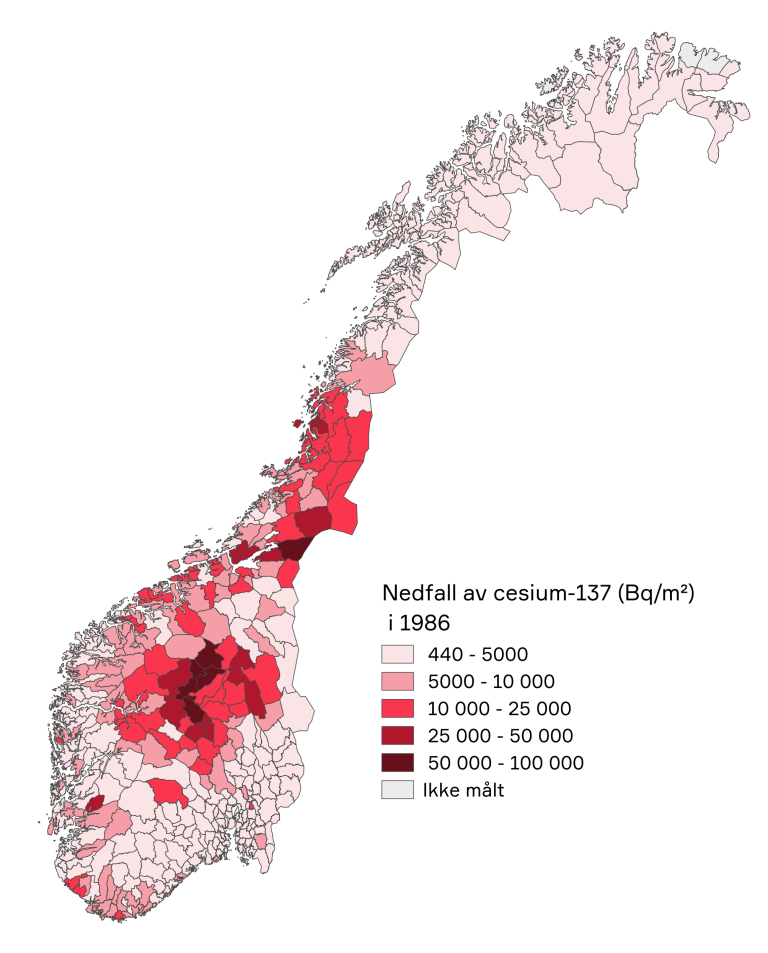
Source: Norwegian Radiation and Nuclear Safety Authority (DSA).
Contacts


